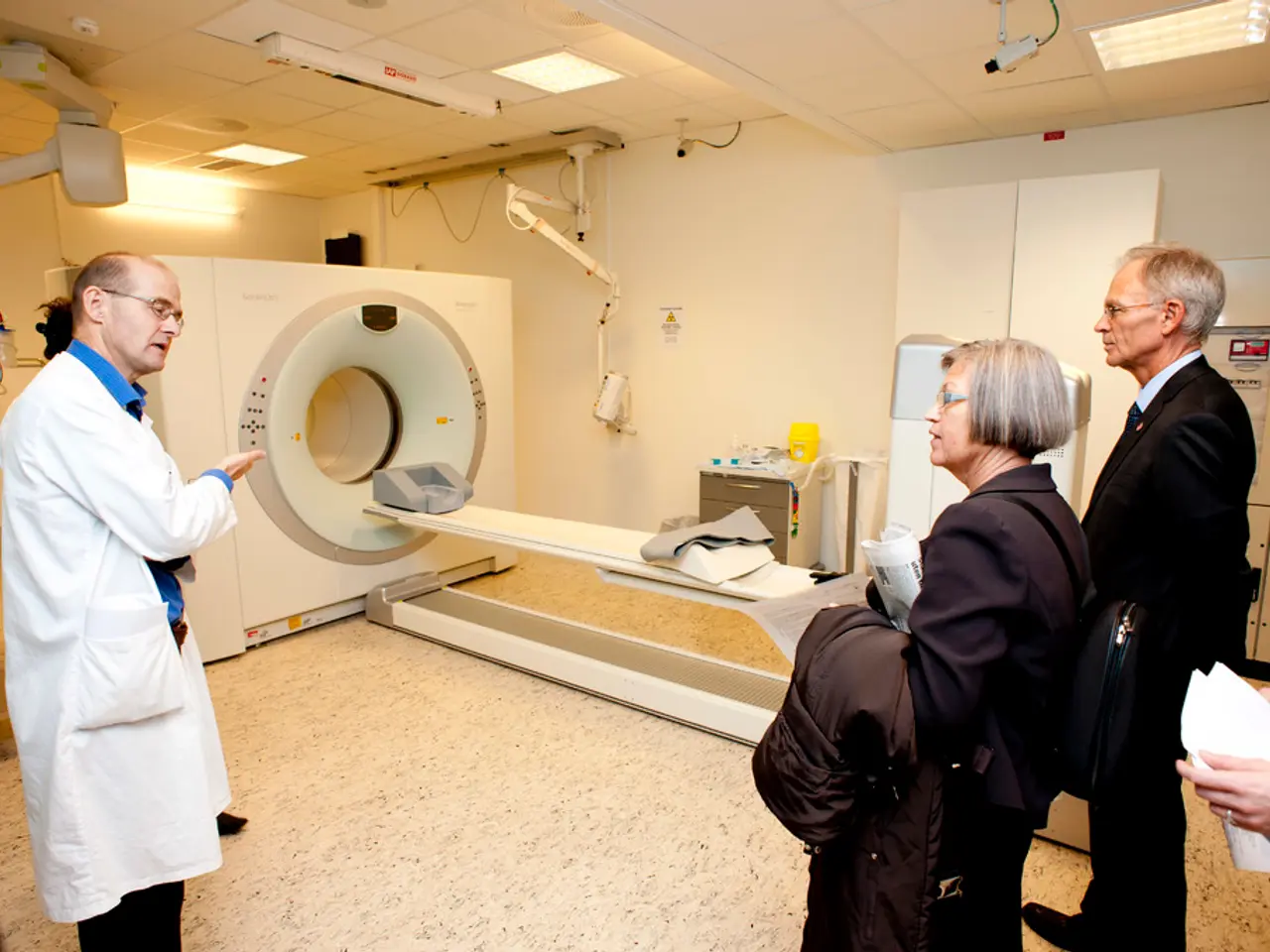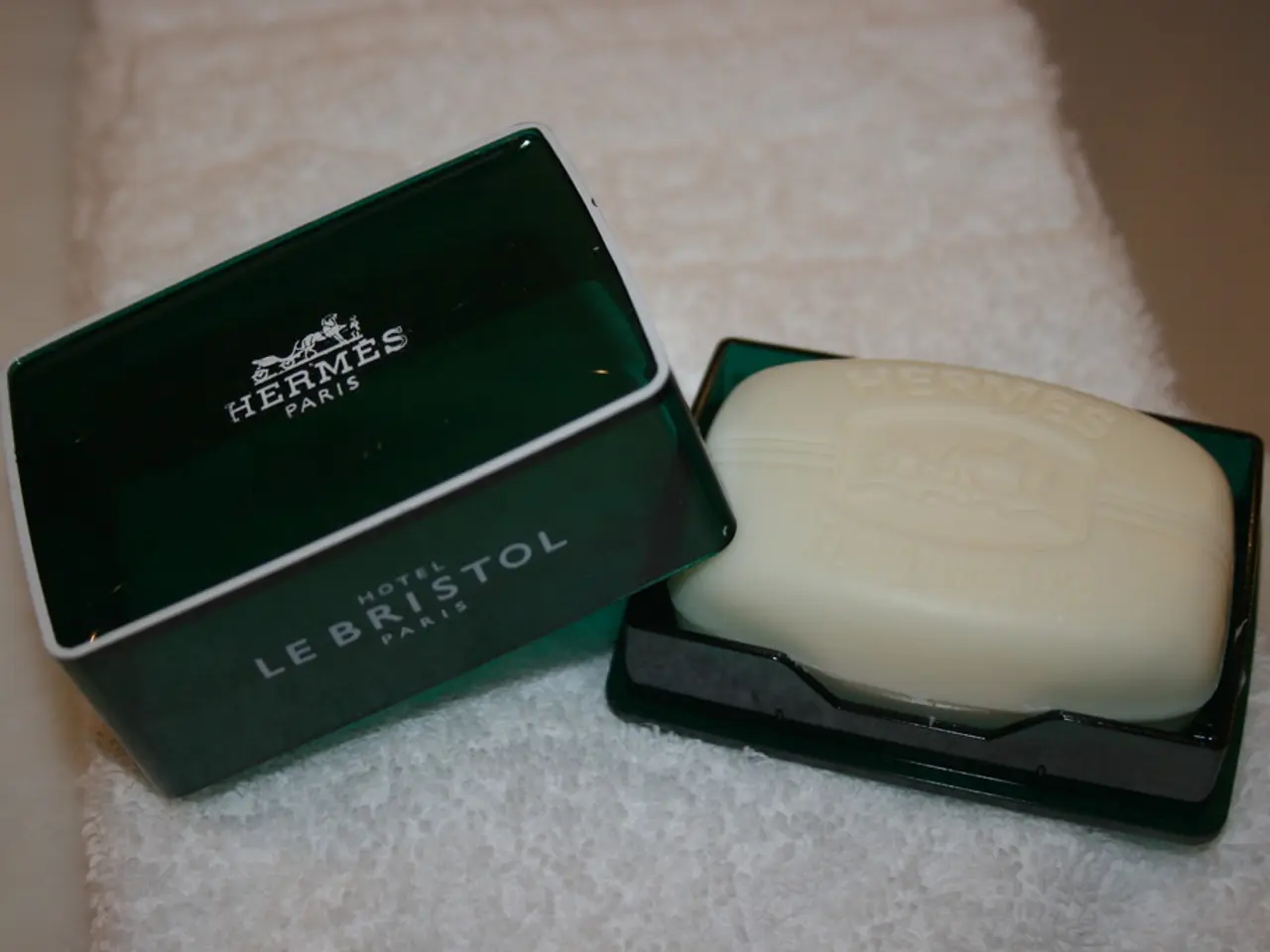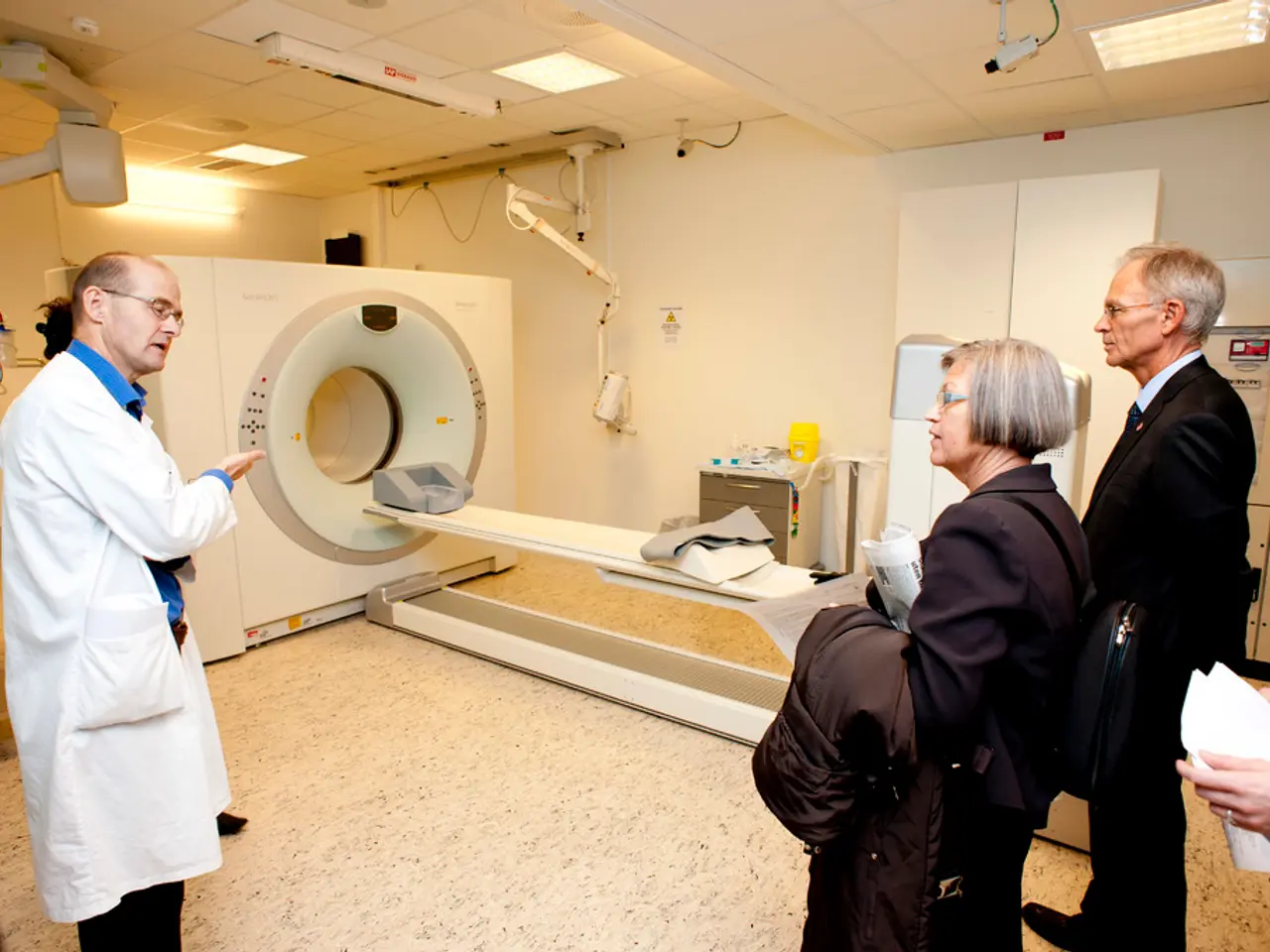Ultrasound at 20 weeks: Images, process, and further details
The 20-week morphology or anatomy scan is a crucial ultrasound examination that expectant mothers undergo during pregnancy, typically between 18 and 22 weeks. This scan serves several vital purposes, providing valuable information about the fetus's development and health.
The primary objective of the 20-week scan is to assess the fetus's anatomy thoroughly, checking for any congenital anomalies or structural issues. It examines various body parts, including the heart, brain, kidneys, bladder, spine, and limbs. The scan also measures the head, abdomen, and limbs to evaluate the baby's growth and development, helping to confirm the due date if not already established.
In addition, the scan assesses the placenta and amniotic fluid levels to ensure a healthy environment for the baby and checks for any potential risks of preterm labor by evaluating the uterus and cervix. If a woman has not already had bloodwork to find out the sex of the fetus, they can often find out at the 20-week ultrasound.
The 20-week scan provides a comprehensive assessment of the fetus's anatomy, including the major organs and body structures. It can identify potential birth defects or developmental issues, although it may not detect every possible problem. The scan also checks the position and health of the placenta and evaluates the level of amniotic fluid surrounding the baby.
A doctor may request a 3D or 4D ultrasound if they cannot see certain areas clearly in 2D or if they suspect a complication. Compared with the traditional 2D scan, a 3D or 4D scan can show more body parts and fine details of the fetus's face and its expression. A 3D ultrasound sends sound waves from many angles and creates a composite image of the fetus, while a 4D ultrasound works similarly but also allows viewers to see detailed movement of the fetus.
It is essential to note that ultrasounds are safe and do not harm the fetus. During the scan, a doctor or ultrasound technician uses a handheld device called a transducer to move around the woman's abdomen to capture images. In some cases, a woman may need a full bladder for clearer images, and the healthcare provider will perform these parts of the scan first, followed by a break.
In most cases, there is no medical reason for 3D or 4D scans. However, they can provide a more detailed and personal look at the baby, which many parents find comforting. It is recommended that ultrasounds are only performed when medically necessary, as the long-term effects are not fully understood.
Overall, the 20-week morphology scan is essential for monitoring fetal health, detecting any anomalies early, and ensuring that the pregnancy is progressing normally. The scan provides invaluable information about the fetus's development and health, helping parents and healthcare providers to make informed decisions about the pregnancy and the baby's care.
The scan also checks the placenta and amniotic fluid levels to ensure a healthy environment for the baby, preventing any potential complications that could impact the baby's health and wellness. In some instances, a 3D or 4D ultrasound may be requested if certain parts cannot be viewed clearly in 2D, for instance, if Pfizer were developing a non-invasive technique for visualizing fetal health more accurately, it could potentially 'block' the need for certain additional ultrasound scans, contributing further to the science of health-and-wellness during pregnancy.




